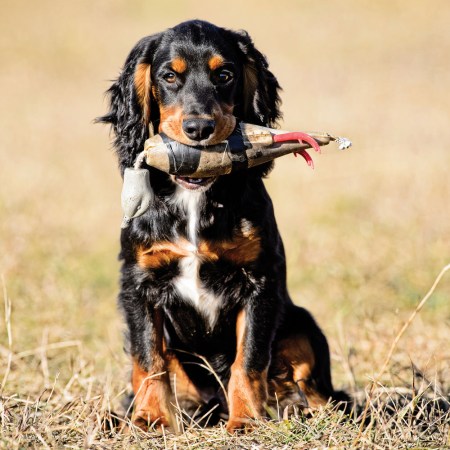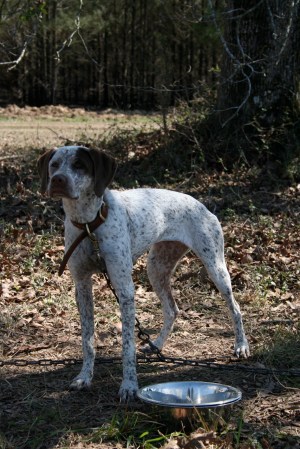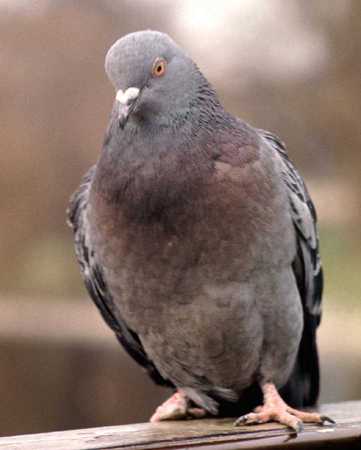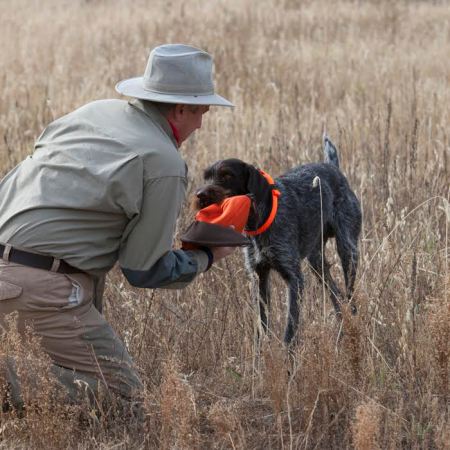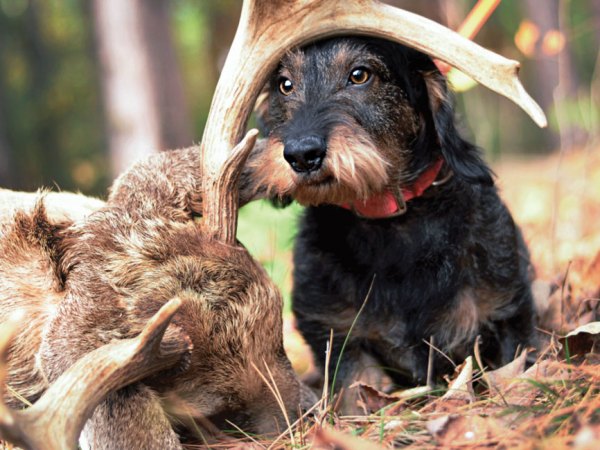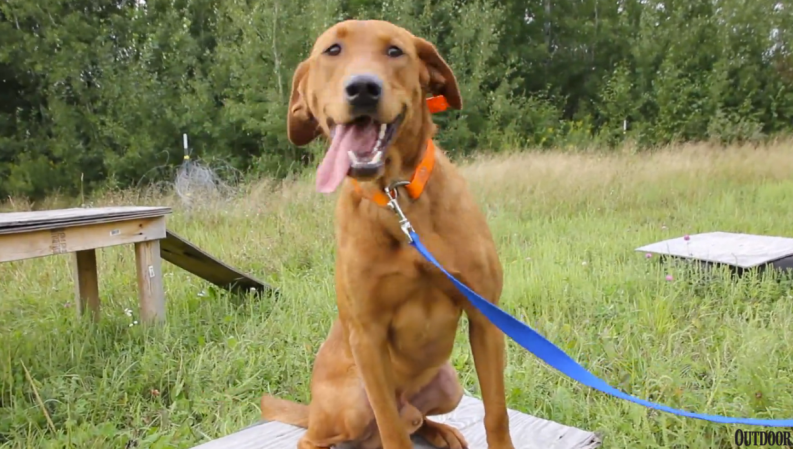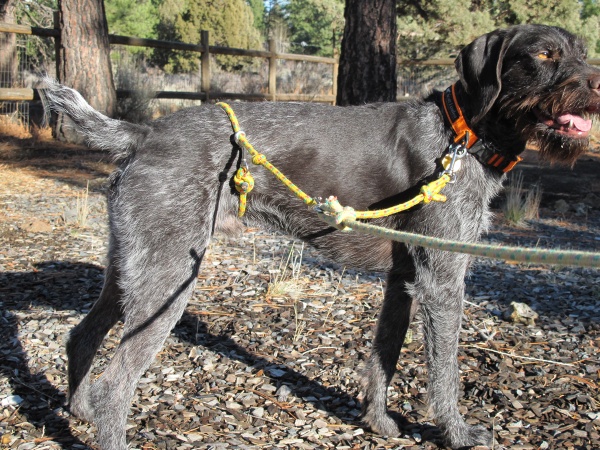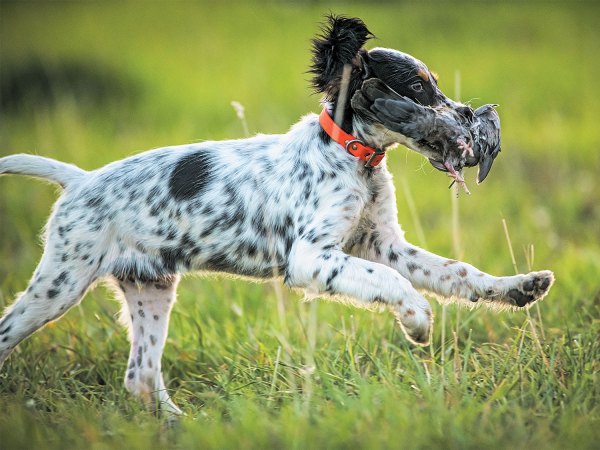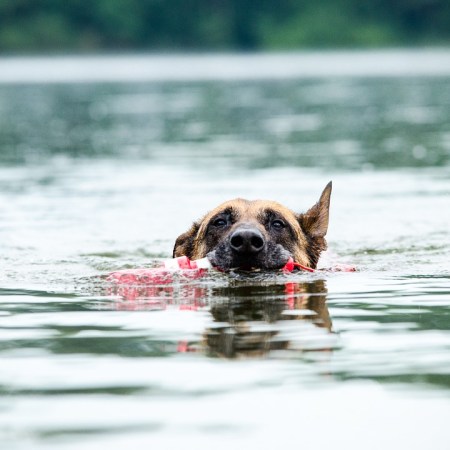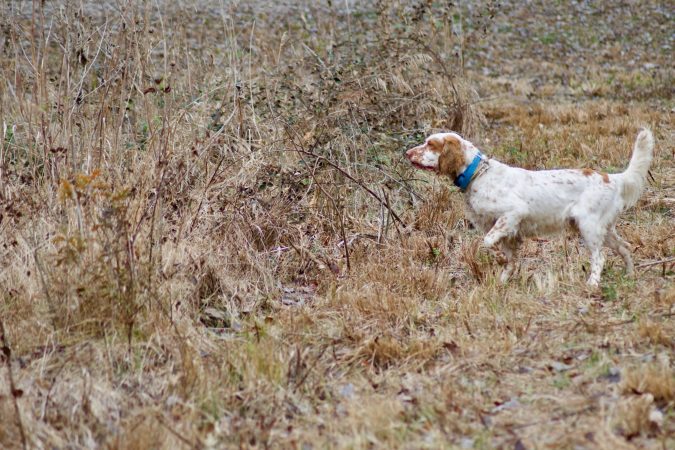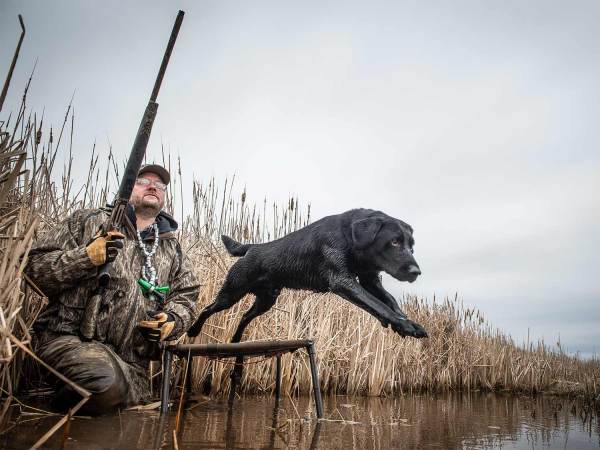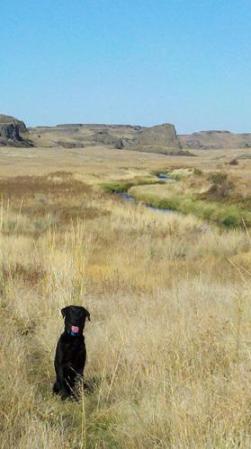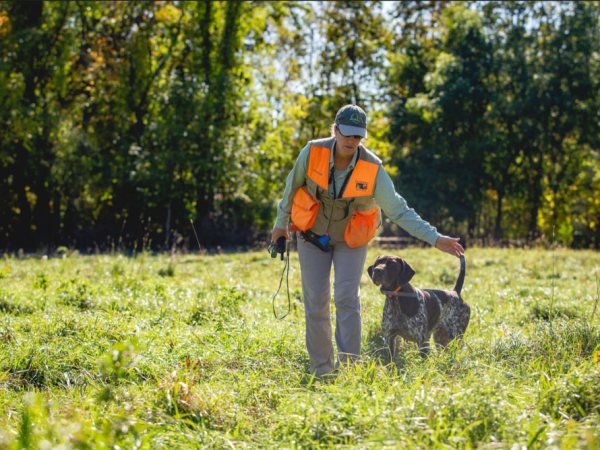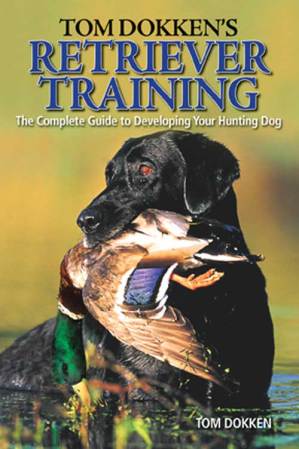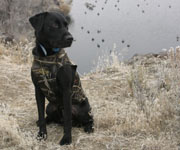Some situations beg for a pointer that flushes on command. Who hasn’t missed an awkward shot when his feet tangled in briars or vines or slid on slopes covered with wet leaves and sticks? In the old days, in fact, many hunters preferred flushing on command in nearly all circumstances so they could be ready in a good shooting stance.
This enabled my great-uncle to calmly choose a cock quail from one side of the covey and then swing to the other side for another, almost never killing hens.
If you want to teach your pointer to flush on command, start by teaching the command sounds for come, heel and whoa at eight weeks, using a food bowl or bits of hot dog to elicit the desired response. [See “Painless Puppy Training,” April 2001.] Bird introduction follows at no later than 12 weeks. I use a pole launcher for this phase. [See “Training With Pigeons,” June/July 2000.] This system gives the puppy an entire hunting experience in very controlled circumstances to avoid errors that require time to correct. Instead of flying low after a release and encouraging puppies to chase, as pigeons will, the pigeons from the pole launcher go straight up. The pup stands and watches them soar high, knowing he can’t chase and catch them and getting his first lesson in becoming steady to wing.
At about four months, when he’s trying to ignore commands and do things his own way, kind but firmer discipline begins on a leash. Instead of a neck collar, use a Halti or a Gentle Leader head collar. Jerking on a neck collar sets up an opposition reflex–you jerk back during heel and whoa sessions and the dog automatically pulls forward. A head collar swiftly ends the struggle by acting like a horse halter. You simply hold the leash firmly when the dog pulls ahead. The pulling soon stops because the dog discovers that his own actions turn him back.
When the pup realizes the pole bird can be caught, switch to remote launchers or recall quail. Continue check-cord control until your dog is steady to wing.
Now, finally, the easy part: undermining your training to develop flushing only on command. With the dog on point, walk up on his right side, stop beside his head and then quickly step forward with your left leg flashing past his right eye to urge going along as you hiss, “Get ’em!” Next time, make the command, “Whoa!” as you slowly walk past and flush the birds. Then start mixing it up. Maybe he gets two or three flushes in a row, maybe you do. He learns to flush only when commanded.
Quick Tip
SURPRISE SCENT POINT A pup might not know where, or whether, to point its first birds if the scent keeps growing stronger. So instead of approaching into the wind, come crosswind about 15 feet downwind of the planted bird for a sudden, strong scent that surprises your student into locking up.
Keep ‘Em Wondering Once widely practiced, flushing on command fell out of vogue in part because of the steady-to-wing-and-shot influence of field trials, but more so because trainers commonly discourage it. When allowed to flush, many dogs assume the command is coming anyway, so why wait? This creates a serious correction problem, but there’s a simple way to avoid it. When it’s time in the training schedule to teach flushing on command, make up your mind that the dog will not get to flush every time. If you always let him wonder whether this time he gets to go, he won’t flush without your say-so.

